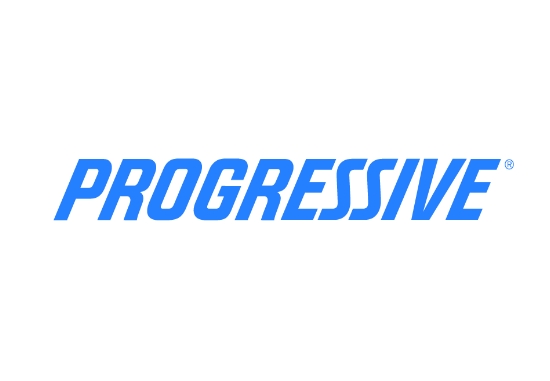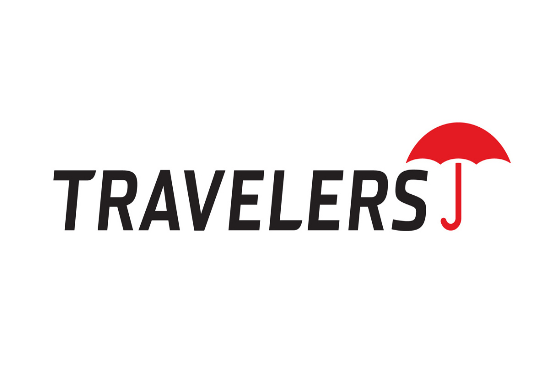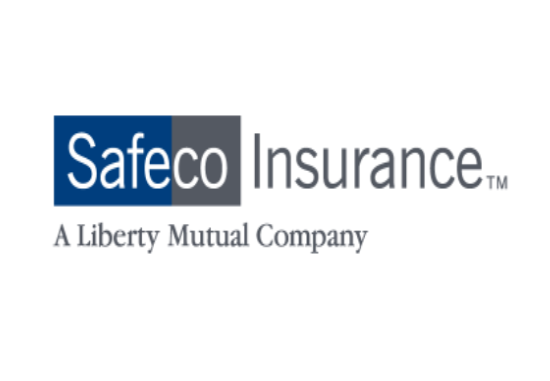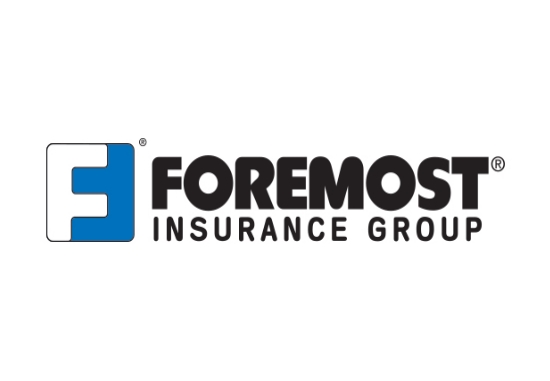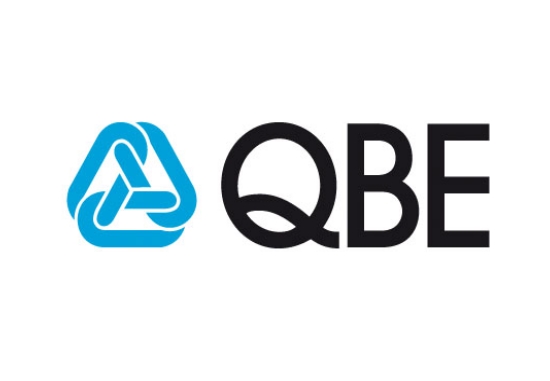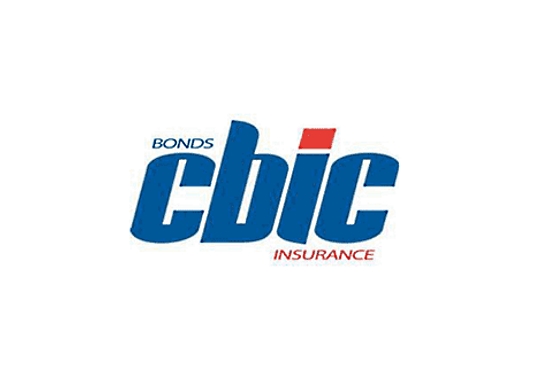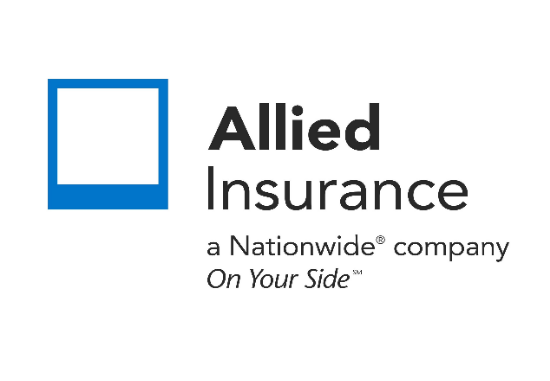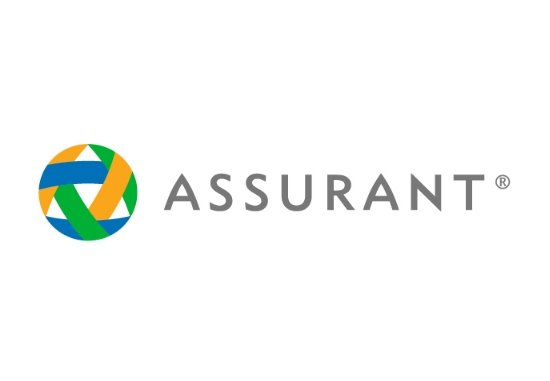How to Value Art for Insurance
We will search the top carriers for you for the best offer.
How to Value Art for Insurance: A Comprehensive Guide by THAgency
Valuing your art collection for insurance is crucial to protect its financial and sentimental worth. Whether you own a single masterpiece or an extensive collection, understanding how to assess its value ensures you get the right coverage. At THAgency, we’ve been helping collectors safeguard their assets since 1995. With partnerships across nearly 100 carriers, our expertise ensures tailored insurance solutions for your unique needs. In this guide, we’ll walk you through the steps to value your art for insurance, answer common questions, and show how THAgency can secure your collection. What’s the most important factor for you when insuring your art—cost, coverage, or peace of mind? Let us know, and we’ll customize a plan for you!
Why Valuing Art for Insurance Matters
Artworks, from paintings to sculptures, are valuable assets that can appreciate over time. However, standard homeowners’ insurance often falls short, with limited coverage for high-value pieces. Specialized fine art insurance, like that offered by THAgency, protects against risks such as theft, damage, or loss during transit. Accurate valuation ensures you’re fully compensated in case of a claim, avoiding financial loss for irreplaceable pieces.
Step-by-Step Guide to Valuing Your Art for Insurance
1. Catalog Your Collection
Start by documenting every piece in your collection. Include:
Artist Name: Who created the work?
Title and Description: Note the title, medium (e.g., oil painting, sculpture), and dimensions.
Provenance: Record proof of ownership, such as purchase receipts, gallery invoices, or certificates of authenticity.
Photographs: Take high-quality images of each piece, including close-ups of signatures or unique features.
Pro Tip: Use software like Artwork Archive to organize your records digitally for easy access during insurance claims.
2. Get a Professional Appraisal
A professional appraisal by a certified art appraiser is essential for accurate valuation. Appraisers assess:
Fair Market Value: The price your artwork would fetch on the open market between a willing buyer and seller.
Replacement Value: The cost to replace the artwork with a similar piece, including taxes and shipping. This is often higher and used for insurance purposes.
Condition: Art in excellent condition is valued higher than damaged pieces.
How Often to Appraise: Re-appraise contemporary works every 2 years and older works every 5-10 years, or after significant events like an artist’s death, which can spike value. Contact THAgency for recommendations on trusted appraisers in the U.S.
3. Understand Insurance Policy Types
Choosing the right policy depends on your collection’s value and risks. Common options include:
All-Risk Policies: Cover a wide range of risks (e.g., theft, fire, transit damage) except specific exclusions. Ideal for comprehensive protection.
Scheduled Policies: Insure individual pieces for an agreed value, ensuring full payout for covered losses.
Blanket Policies: Cover an entire collection up to a total limit, with per-item caps (e.g., $100,000 total, $10,000 per piece). Suitable for smaller collections.
Defective Title Coverage: Protects against losses if artwork is found to be stolen or lacks clear ownership.
At THAgency, we work with nearly 100 carriers to find the best policy for your collection, whether it’s a single painting or a museum-quality portfolio.
4. Assess Risks and Coverage Needs
Consider your collection’s specific risks:
Location: Art in public display or storage faces higher theft risks.
Transit: Artworks are vulnerable during transport (e.g., damage from handling or accidents).
Condition: Older or fragile pieces may need restoration coverage.
Example: If you frequently loan art to galleries, ensure “nail-to-nail” coverage for transit and display. THAgency’s experts can tailor policies to cover these scenarios.
5. Update Valuations Regularly
Art values fluctuate due to market trends or artist reputation changes. Regular appraisals (every 2-5 years) ensure your coverage matches current values. Notify THAgency of new purchases within 60-90 days to include them in your policy.
6. Work with a Trusted Insurance Broker
Since 1995, THAgency has specialized in fine art insurance, leveraging our network of nearly 100 carriers to secure competitive rates and comprehensive coverage. Our team reviews your collection’s details to recommend appraisers, policy types, and risk management strategies, ensuring peace of mind.
Common Questions About Art Valuation for Insurance
Does homeowners’ insurance cover art? Standard policies have limits (e.g., $3,000-$15,000) and may exclude high-value art or specific risks like transit damage. A dedicated fine art policy is often necessary.
How much does art insurance cost? Expect to pay 1-3% of your collection’s value annually (e.g., $100-$300 for a $10,000 collection). Costs vary based on value, risk factors, and coverage type.
What if my art appreciates? Policies like those offered by THAgency can pay up to 125-150% of the agreed value if market value increases, provided appraisals are current.
Why Choose THAgency for Art Insurance?
With over 30 years of experience, THAgency is your trusted partner for insuring valuable art. Our partnerships with nearly 100 carriers allow us to find the best coverage at competitive rates. We’ve reviewed thousands of client requests, ensuring personalized solutions that protect your investment. What’s most important to you—price, coverage, or reliability? Reply to us, and let’s craft a policy that fits your needs.
Get Started Today: Contact THAgency for a free, no-obligation quote.
Related Posts
Get a Right Insurance For You
SHARE THIS ARTICLE
We will compare quotes from trusted carriers for you and provide you with the best offer.
Protecting your future with us
Whatever your needs, give us a call, have you been told you can’t insure your risk, been turned down, or simply unhappy with your current insurance? Since 1995 we’ve been providing coverage to our customers, and helping people across United States.

